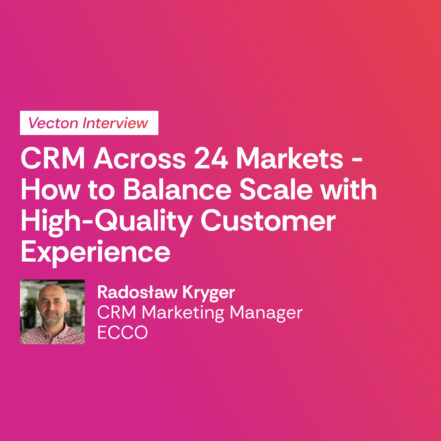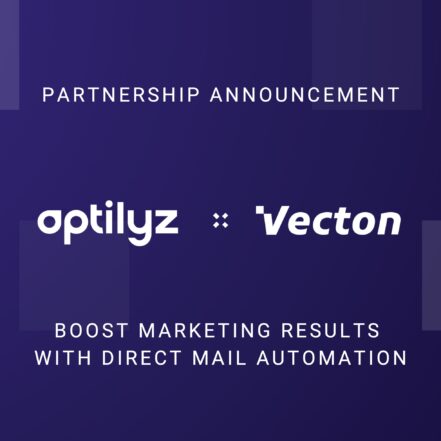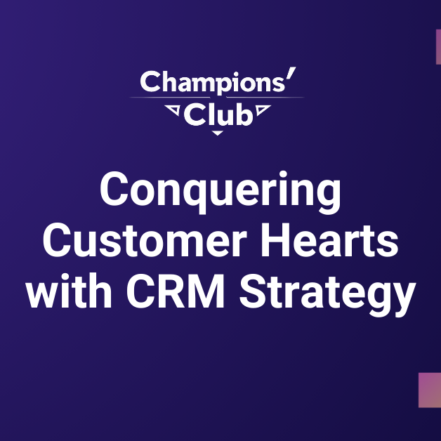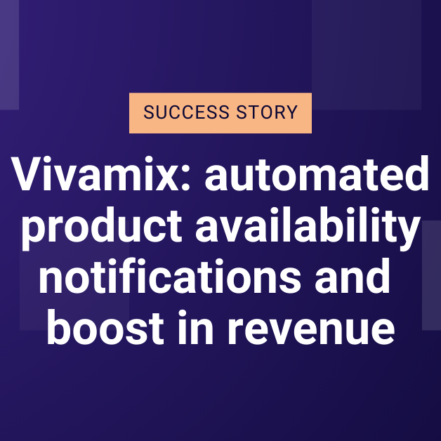Marketing automation is surrounded by a number of myths. I have come across them while talking to clients, business departments, IT teams. I have also experienced them while working on implementations in companies and e-commerce sites of various sizes. No wonder – the popularity of automation has gained momentum in recent years, and many truths about that automation are discovered only in practice. Now it’s time to confront popular myths with facts. To show how to be prepared for implementation without unnecessary surprises and expenses. And to share our experience.
Let’s start with the basics:
“Marketing Automation”, “Customer Data Platform”, “Customer Experience Platform” or simply “marketing automation platform” is a technology that:
1) collects customer data and behavior insights from multiple sources,
2) automates the management of communication with customers across multiple channels (web, mobile, email, SMS, Web Push, call center, online advertising),
3) enables higher personalization of marketing activities, and 4) offers analytics of actions taken.
Let’s compare choosing a Marketing Automation platform to purchasing a car (one that suits your needs, of course), and the implementation – as a preparation for a trip.
You will need to adapt your car differently for a winter trip to the Alps and a trip to the sunny Mediterranean coast. Obviously, the more you look after the technical condition of your vehicle and adapt it to the conditions you may expect on the road – the lower the risk of a malfunction. And if a malfunction does occur, you’ll be able to find what you need faster and get back on the road more quickly. Conclusion?
Thoughtful implementation minimizes the risk of unexpected breakdowns or maintenance. That being said, what is worth paying attention to?
Myth 1. “Just plug in the marketing automation platform script”
“We plug the platform script (Marketing Automation or CD(X)P) into our site and we’re done. In a week or two, we run our first automation.”
Fact
In practice, just plugging in the script is one of many steps required, and implementation demands cooperation between departments responsible for the business and technology sides.
The key is proper data preparation. We have to take into account both the set of information concerning the end user-customer, the actions taken by him/her on the website, and additionally make sure that the data will be visible to the script in a specific situation.
It is best if the implementation involves people who:
- know the company’s strategy and operational details,
- have information about the company’s technology stack,
- know how the specific functionalities of the marketing automation platform will be used.
This will enable to make optimal decisions, for example: whether we should track specific events through the website API or the SDK script, or which method to update the product catalog.
The outcome of such cooperation is a complete integration project implemented by different parties together with the understanding of common goals.
Myth 2. “It will take us years to implement a marketing automation tool”
“Investing in a Marketing Automation platform is an expense that only the largest companies can afford, and the process takes years. It will be a long time before our business starts using the tool.”
Fact
The time needed to implement marketing automation technology depends most on the complexity of the company’s processes and technology stack.
However, if we set up the process in the right way, even in the most demanding case, the tool will be profitable even before all available functionalities are in place. Regardless of the size of the company.
What does it look like in practice? At the strategy creation stage, we set business priorities. We take them into account while developing an implementation plan which arranges further work. Thanks to the mentioned plan we can focus first on selected use cases that will become beneficial for the business even before the complete integration.
Such use cases in e-commerce usually include recovering an abandoned shopping cart, sending a specific discount code, or a watchdog scenario – automatic notification of product availability.
You will implement the marketing automation tool much faster if you engage experts (emoji: waving hand) with knowledge about the specific MA platform, data necessary at the integration phase and their use. The team’s experience increases the chance of successful implementation. And a good platform integration definitely takes less than a couple of years 😉
Myth 3. “You don’t need to involve the IT department to implement marketing automation”
“A queue of tasks, roadmaps…Let’s not unnecessarily engage the IT department. We’ll implement the tool faster without their contribution – so we’ll see results sooner.”
Fact
Based on my experience, I don’t recommend this approach. Why? Because it can lead to some expensive consequences: underestimating the time needed for the entire process, or miscalculating the marketing automation strategy. In some cases, without the engagement of the company’s IT department, there will be no possibility to use certain functionalities of the platform and not utilize its full capabilities. Therefore, I strongly recommend adapting the implementation process to the IT department’s workload.
It is important to appoint a person or a team who will help to schedule the project from the very beginning. In this way, it will be aligned with both business requirements and the integration architecture. The specification drafted on this basis will allow for smooth implementation of subsequent functionalities.
Myth 4 “We have the documentation – we will implement the MA tool ourselves”.
“The platform documentation is freely available, and we know our business best, we know what data we want to transfer and what we will use the tool for, so we do not need support in implementation. We will move our data to the platform and everything will work as it should.”
Fact
Marketing automation platforms have specific functionalities that (willy-nilly) don’t work the same way for each organization. That’s why during implementation we always take into account the specifics of the particular context of the business and the challenges it faces – which are different in many companies.
Without experience in optimal use of the data we possess, we will extend the time of implementation. Also, one will have to return to the integration, again and again, adding new components.
For successful implementation, you need know-how about the specific platform: how it collects data, what are the requirements of the platform and where should one pay attention during implementation. In the entire process, marketing automation tool experts, who know how these systems process data, are just as important as the IT and business departments.
Through such synergy, we will plan and execute the integration, taking into account the architecture on the organization’s side and how to best replicate that architecture on the platform’s side. Marketing automation experts will provide recommendations on the effectiveness of the platform, and their advice will lead to the best possible use of available functionalities.
Stick to the facts about marketing automation
A well-executed implementation of the MA platform boosts the efficiency and performance of campaigns and processes. In addition, it allows you to take advantage of multiple functionalities and use the entire potential of the tool. On the other hand, the consequences of a faulty integration can be experienced for many years.
The myths I have chosen refer to only a part of beliefs that arise during implementation. If you want to dispel your doubts about marketing automation technology or you are looking for a partner who will support you in the integration process, do not hesitate to consult with us.






























